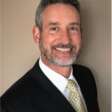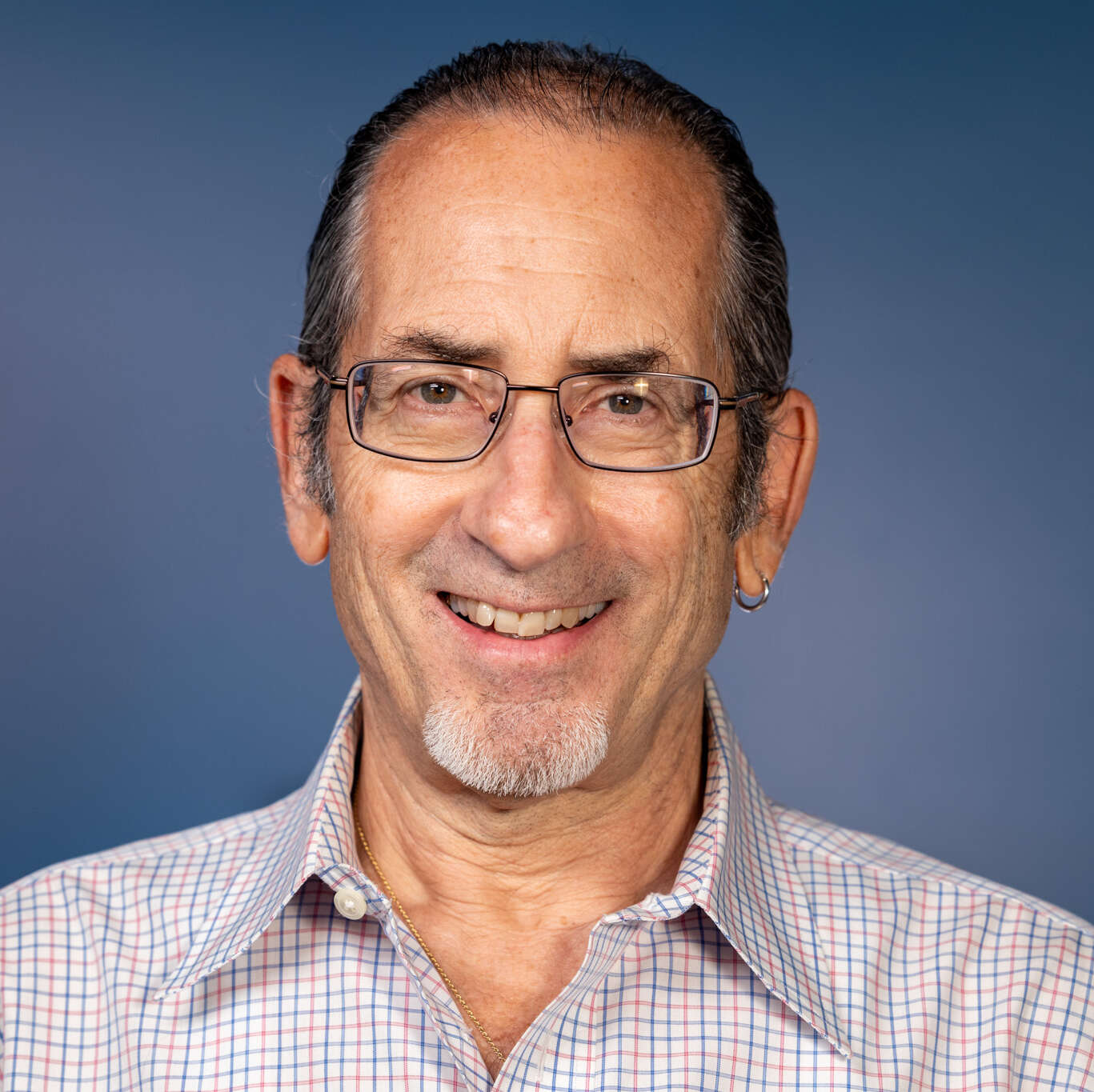Insight by Noblis
Applying digital twins to your business processes
With a process digital twin, you can feed data from an actual process to the twin to model what-if scenarios in real time. Learn how this works and potential us...
As model-based engineering grows more capable, organizations can model more than objects. The next frontier, according to scientists and engineers at Noblis, is the use of ever-evolving digital models of processes to continually improve how organizations work.
How is this possible? By creating a digital twin of a process, which then evolves as data from the actual process and feeds the twin, said Noblis Senior Scientist Scott James.
The notion of digital twins “has definitely evolved. But what we consider to be a digital twin is a model, which is meant to be a permanent companion to whatever system you’e looking at,” James said, and added, “The idea would be that the model would be taking data in at some continual cadence and providing data back out to advise and perhaps predict unexpected events.”
James joined Pat Meharg, Noblis’ chief architect for model-based systems engineering, to discuss how process digital twins work and the value they bring during the Tackling Government Challenges Through Science and Technology podcast on Federal News Network
Continually evolving process management
The purpose of the process digital twin is to help an organization make it’s processes and workflows adaptable to real-time data captured by the live process, Meharg said.
Process digital twins constantly change, he said. That’s because “where the data originates, changes over time… In our concept of digital twins, what we’re trying to build is a twin as of today that may be totally different a year from now. It gives us flexibility to bring new data in. If the data that was used to build that digital twin is no longer applicable, we can also remove that data. So it’s constantly in motion.”
Just as the digital twin of an object is more than a wireframe model, the digital twin of a process is more than a flowchart. In fact, the twin consists of several layers, James said.
There are essentially four chief layers for a process digital twin:
- Requirements layer, which details the system’s constraints and parameters
- Simulation and visualization layers, which form the basic model
- Connectivity layer, which provides the well-defined connectivity back to the original system
“So absolutely, it goes beyond wireframes. It goes beyond the flowcharts,” James said.
Applying digital twins to wide-ranging processes
“The model-based engineering strategy can apply to a range of processes,” Meharg said, “including business workflows. Noblis uses Business Process Modeling Notation to build such models. But the strategy works for industrial processes and methods too.”
In all cases, a robust model can give views to people within an organization specific to their information needs. Moreover, process twins can integrate with twins of systems, producing comprehensive views that enable testing of what-ifs.
“The use of these digital twin environments can deepen an organization’s understanding of the interdependencies of its processes, time, human capital and finances,” Meharg said.
“If I’m on the finance side, I have a digital twin of what the finance model may look like” he said. But an organization’s finance model is affected by other elements. “So if I’m now on the technical side, now we’re balancing those things.”
Like artificial intelligence use, digital twins and model-based engineering hinges on data.
“The data is the focal point,” Meharg said. “We need to understand what the data is, how it is presented, how we curate it — and make sure it’s trustworthy.”
Equally critical are the users of the information provided by the process digital twin, James added.
“Make sure that when you are creating this digital twin that the stakeholders, who may need to engage with it, know where it is and know what it means and know the results coming out of it,” he said.
Digital twins can give people greater control and ability to improve things, James said, by providing feedback that they can use to effect changes.
A twin can also help an organization be proactive. “You can look at it and say, ‘OK. This is my system as of today. What’s going on in the near future? What are the trends?’” James said.
Real-world uses of process digital twins
James and Meharg cited an example of process digital twin use at the Federal Aviation Administration, an application to help air traffic controllers manage ground traffic at crowded airports. By recording the movements and characteristics of the airplanes coming and going, the twin helps FAA controllers optimize ground activity to lower congestion and reduce the potential for collisions.
James said a well-defined digital twin can assist with operations at the moment and also detect longer-term trends to help an organization avoid future problems.
Digital twins can also aid in management of supply chains and the security risks they pose. For example, an organization could create a twin of the process of receiving parts for critical machinery, such as aircraft stalled on a flightline.
Meharg noted the ongoing problem of identifying counterfeit and gray-market parts.
“From the digital twin perspective, now I can start to think about the process of how those parts are actually bought,” he said. “How are they manufactured? What are the raw materials? And how does it go through that manufacturing process?”
A twin will let an organization model the potential effect late-arriving parts could have on production and the rest of the supply chain, for instance.
Still another use case is ship maintenance. James said Noblis works with the Navy to model the complex process of long-term ship maintenance and at what point ships get harvested for reusable components — when they become elements in the supply chain not recipients of it.
“Digital twins are used very commonly as described for supply chains because they’re such a good fit,” James said.
Discover other Tackling Government Challenges Through Science and Technology podcasts and insights here.
Listen to the full show:
Copyright © 2024 Federal News Network. All rights reserved. This website is not intended for users located within the European Economic Area.
Featured speakers
-

Scott James
Senior Scientist, Noblis
-

Pat Meharg
Chief Architect for Model-Based Systems Engineering, Noblis
-

Tom Temin
Host, Federal Drive, Federal News Network
Upcoming Events
Top Stories

Scott James
Senior Scientist, Noblis
Dr. Scott James is a computational mathematician specializing in the development, analysis and visualization of large-scale systems. His areas of expertise include high fidelity simulation and modeling, concurrent computing and real-time data visualization. He has worked in diverse domains including battlefield theater communications, genomic analysis and benefits modeling for future technologies in the National Air Space.
Dr. James received his Doctor of Applied Mathematics from the University of Maryland at College Park.

Pat Meharg
Chief Architect for Model-Based Systems Engineering, Noblis
Pat Meharg, the chief architect for MBSE at Noblis, has spent his career developing, designing and operating Department of Defense systems. Pat is retired from the U.S. Navy and served in the submarine force as a subject matter expert in communications, navigation and operations.
Pat’s primary work and focus is on systems engineering, system architecture and program management in the areas of autonomy, aviation, communications and maritime systems. Of particular interest is applying MBSE tools and techniques to large scale family of systems and system of systems architectures and designs.
Pat is a certified Project Management Professional (PMP), Object Management Group (OMG)-Certified SysML Professional (OCSMP) and Software Architect Professional. He holds a Master of Science degree in Systems Engineering from Florida Institute of Technology and a Master of Business Administration from Troy State University.

Tom Temin
Host, Federal Drive, Federal News Network
Tom Temin has been the host of the Federal Drive since 2006 and has been reporting on technology markets for more than 30 years. Prior to joining Federal News Network, Tom was a long-serving editor-in-chief of Government Computer News and Washington Technology magazines. Tom also contributes a regular column on government information technology.



